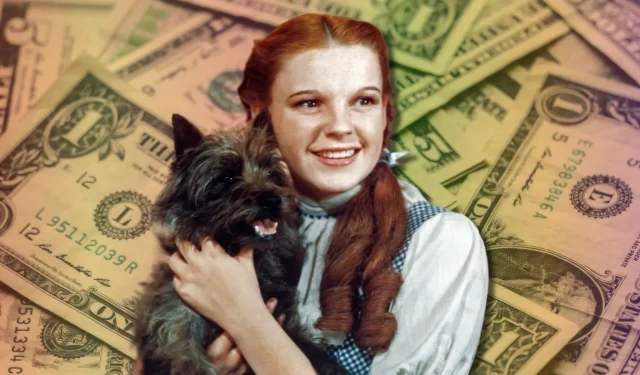
The issue of wage disparity in Hollywood has long been a pressing topic, especially concerning the gender pay gap. Interestingly, during the production of The Wizard of Oz, the beloved canine character Toto was reportedly paid more than certain human actors. Released in 1939, during what is often referred to as “Hollywood’s Golden Year,”The Wizard of Oz is celebrated for its imaginative storytelling and memorable characters, including Judy Garland’s iconic Dorothy Gale, who journeys to find her way home alongside her faithful dog, Toto.
This classic film not only features delightful songs and vibrant Technicolor visuals but also is shrouded in various controversies, such as unsafe working conditions and historical wage disparities among its cast. Notably, Terry, the cairn terrier portraying Toto, earned more weekly than some of her human counterparts, highlighting significant pay inequalities behind the scenes.
Toto’s Significant Salary
Performing Canine Stunt Double
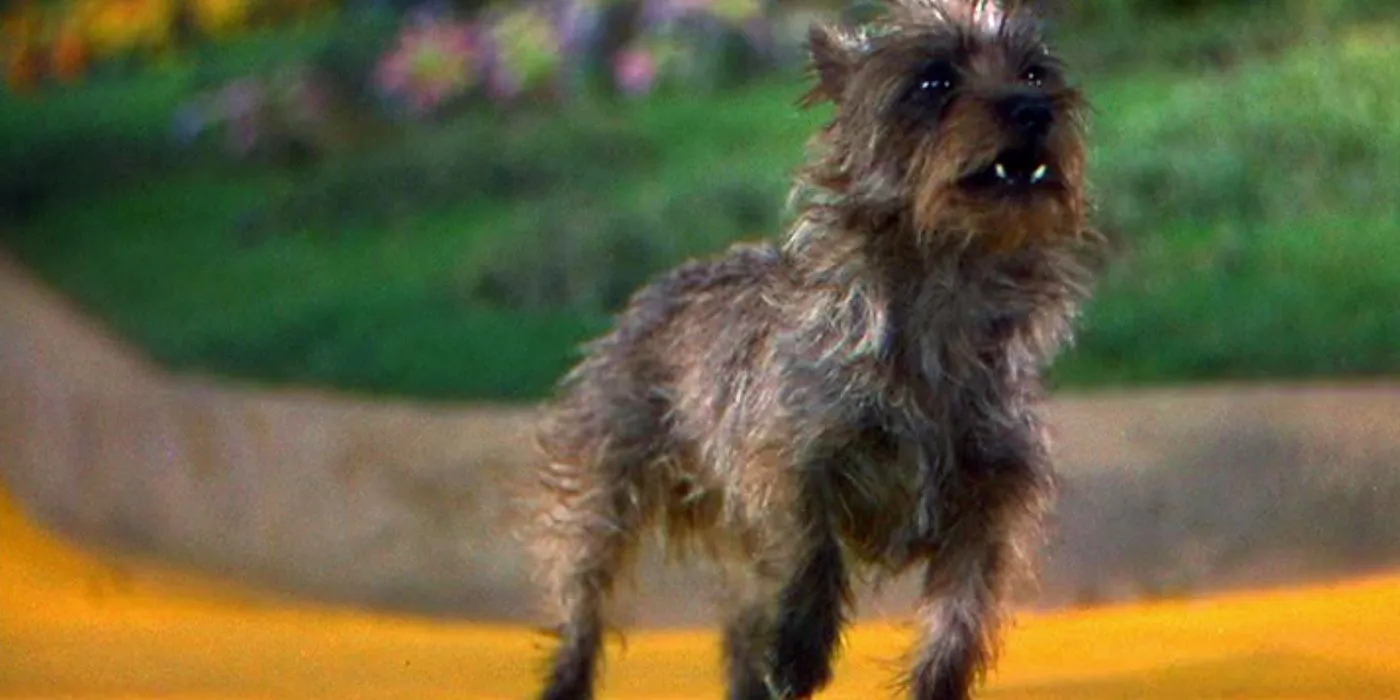
Terry, known affectionately as Toto, was trained by Carl Spitz and earned $125 weekly for her role, which amounts to about $2,729 when adjusted for inflation today. Although Terry was a dog, her earnings went directly to her trainer. Remarkably, her pay surpasses that of several human actors on set, emphasizing her crucial role and the skills she brought to the movie, including performing her own stunts.
Despite her success, Terry’s experience on set wasn’t without incident; she suffered a broken foot during filming when accidentally stepped on by a guard. By that time, the seasoned pup had already acted in several films, including Bright Eyes, where she starred alongside Shirley Temple. The studio’s choice to select a canine that fit the image described in L. Frank Baum’s original stories contributed to her compensated talent.
Comparative Salaries of The Wizard of Oz Cast
Toto’s Earnings vs. Human Co-Stars
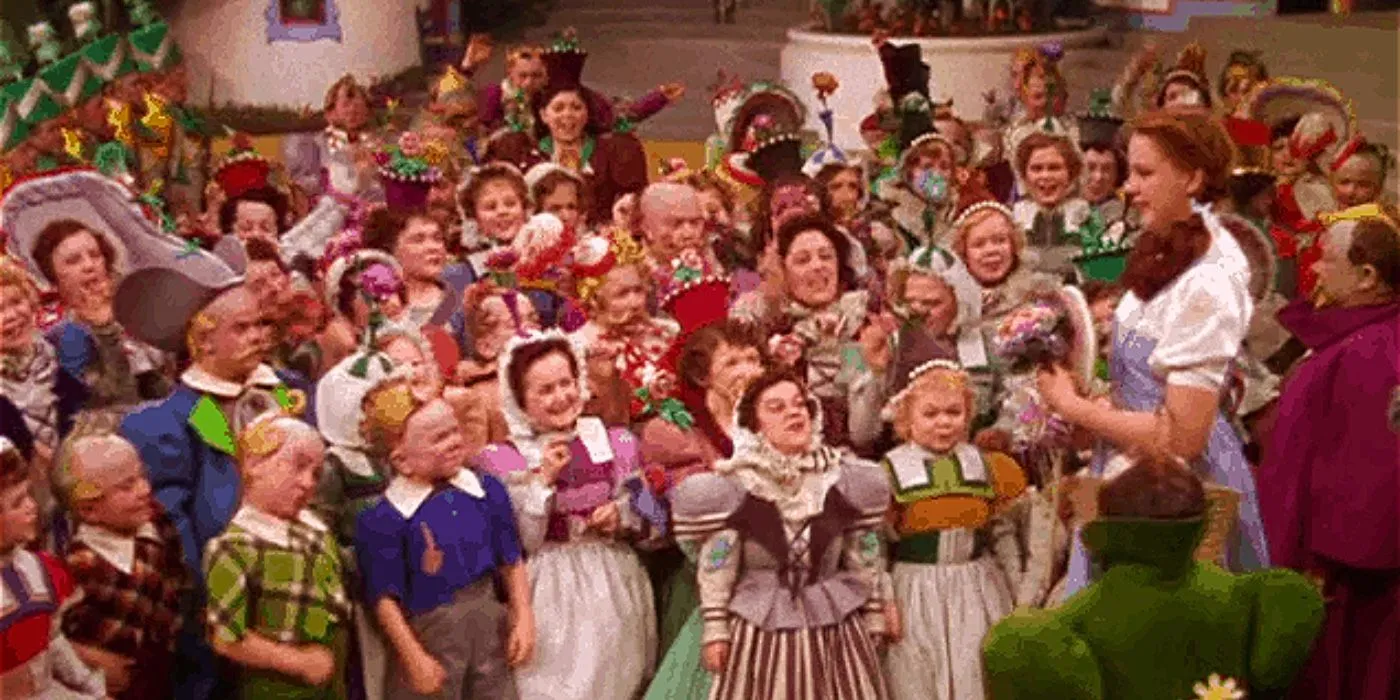
While Terry’s earnings were impressive, they pale in comparison to Judy Garland’s compensation of $500 weekly, equivalent to nearly $11,000 today after inflation. Additionally, Ray Bolger (Scarecrow) and Jack Haley (Tin Man) earned about $3,000 weekly—a staggering six times Garland’s salary—while Bert Lahr, who played the Cowardly Lion, received $2,500. In contrast, Margaret Hamilton, known as the Wicked Witch of the West, earned $1,000 weekly.
It’s particularly striking that the Munchkin actors, who contributed significantly to the film through song and dance, received approximately $50 weekly, with some speaking roles earning around $75, and select few making $100. Despite their significant efforts in bringing the film to life, their salaries were lower than Toto’s, sparking discussions about fairness and equity within the industry.
Despite their financial challenges, many Munchkin performers collectively received a star on the Hollywood Walk of Fame, honoring the 124 actors who helped create this cinematic masterpiece.
Other Animal Actors’ Salaries in Hollywood
Notable Instances of High-Paid Animal Actors
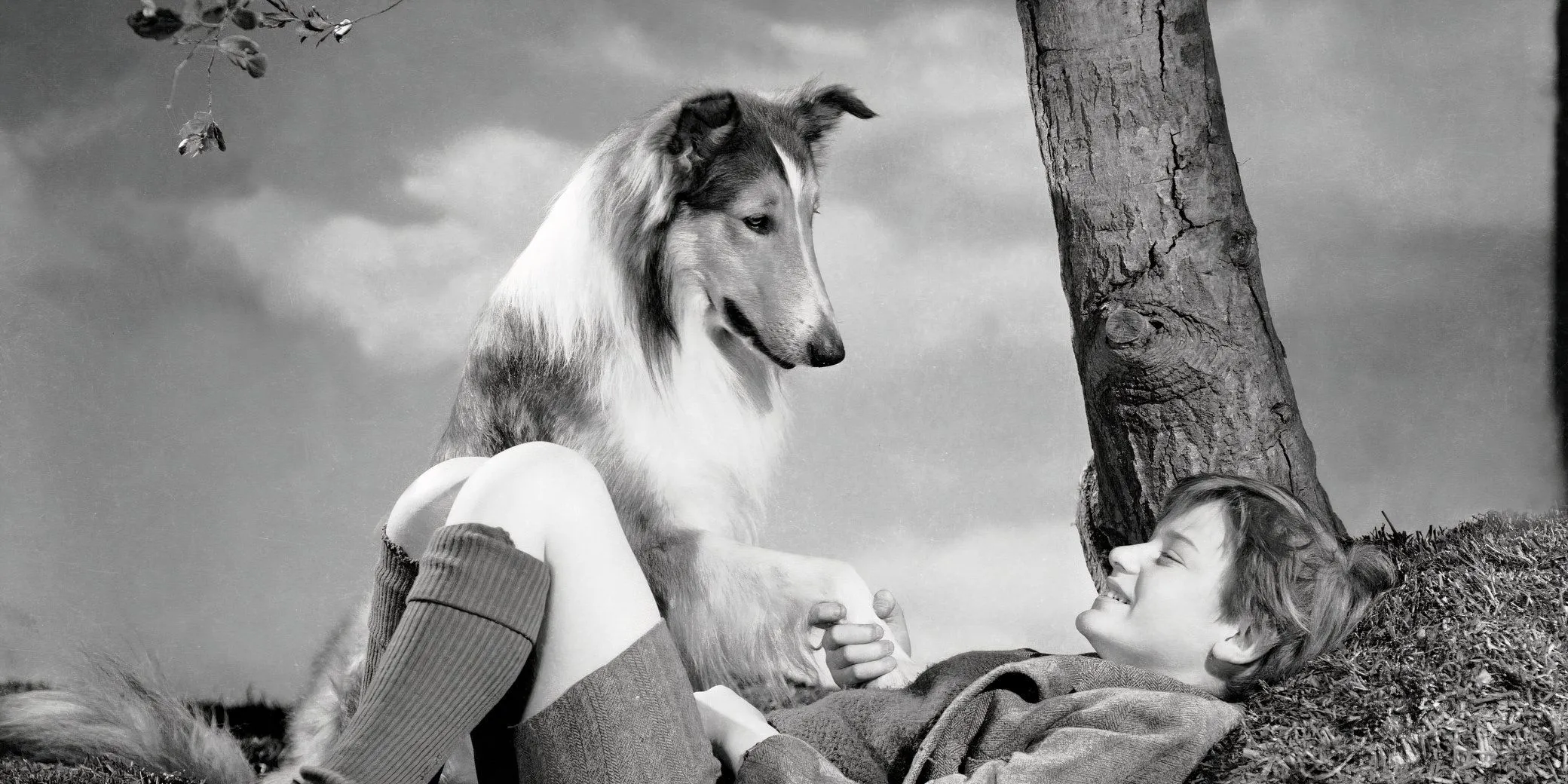
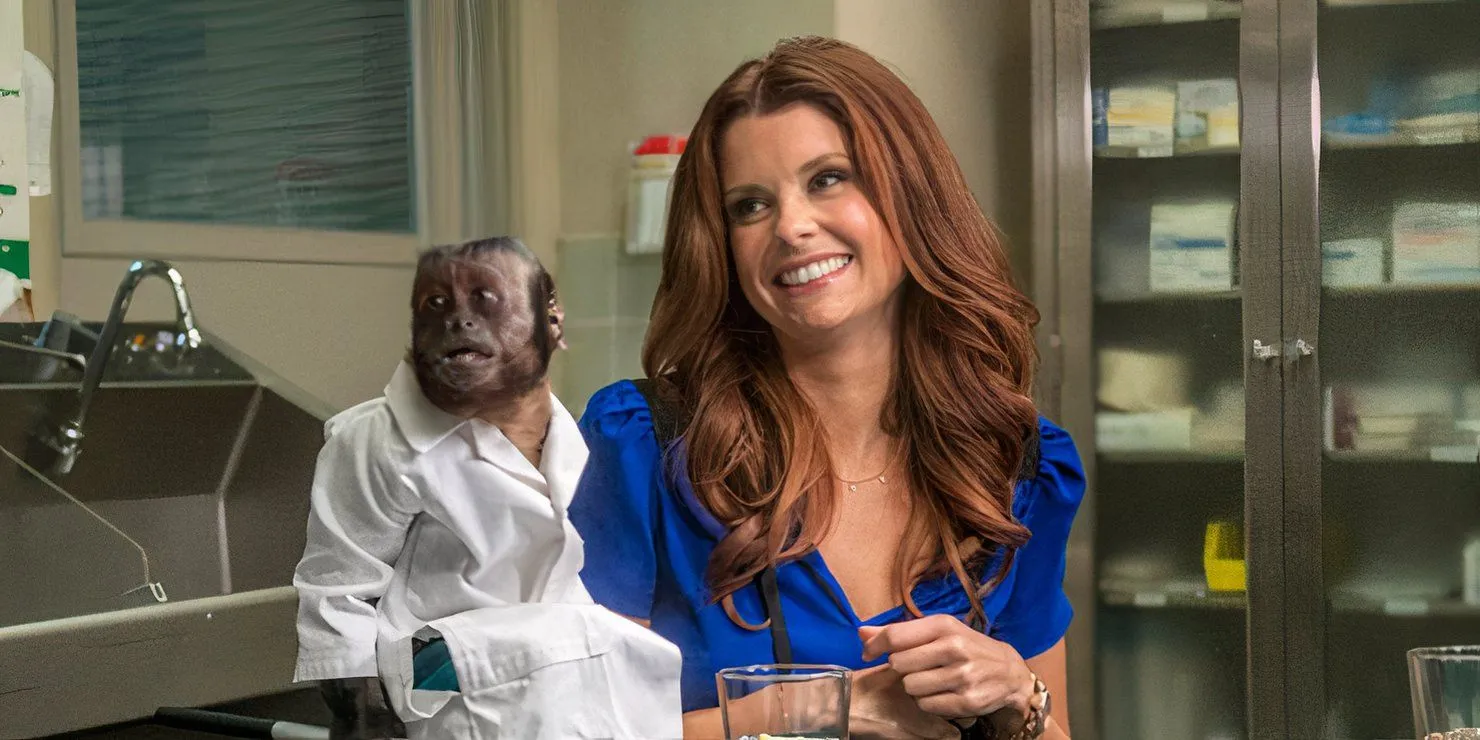
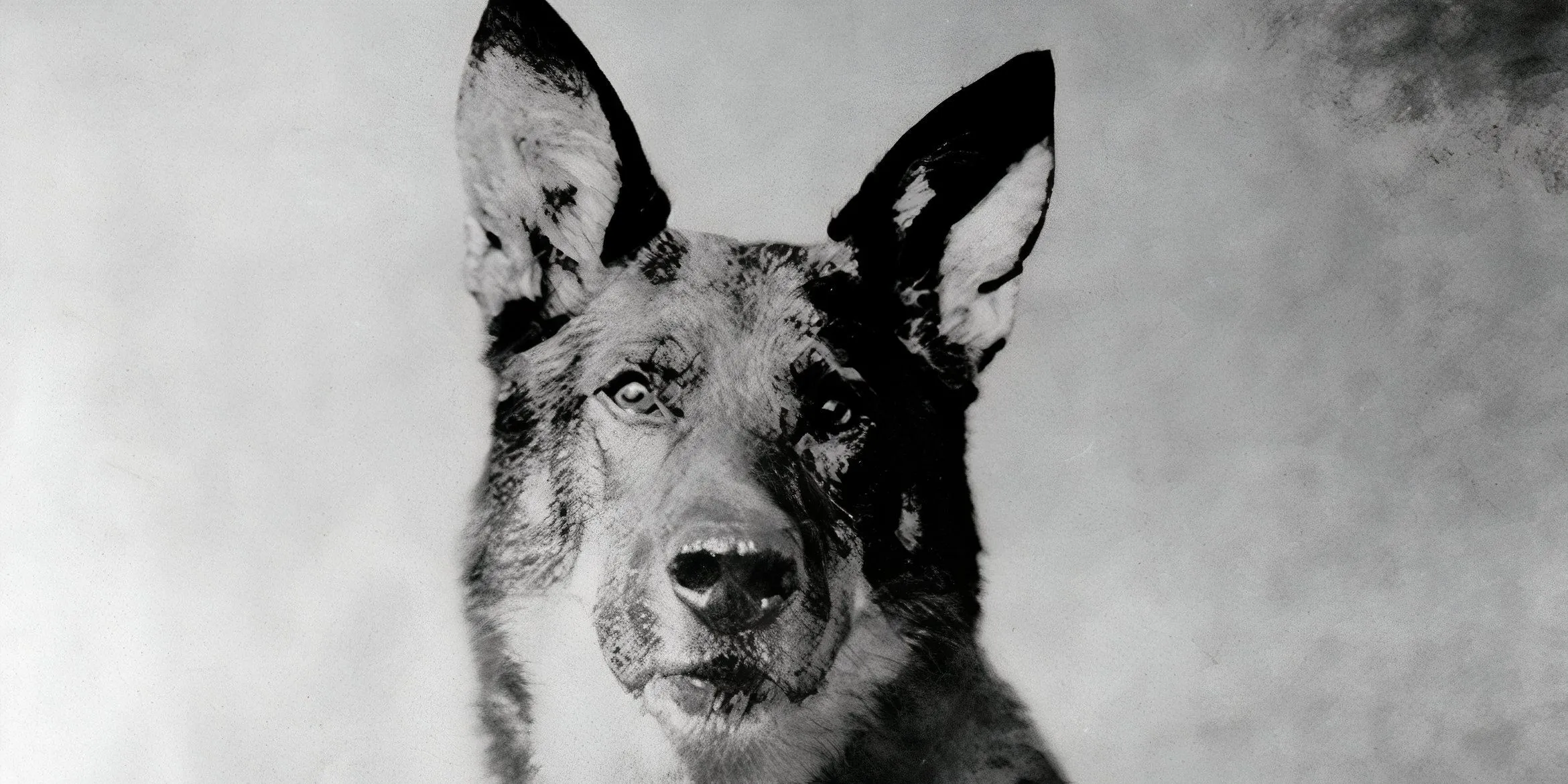
The phenomenon of animal actors receiving higher salaries than their human counterparts is not unique to Toto. Historical accounts show that Rin Tin Tin, a legendary German Shepherd, earned an impressive $2,000 per week during silent films, which was often significantly more than the pay of his human co-stars. In one instance, for the 1924 film The Lighthouse By The Sea, Rin Tin Tin earned $1,000 weekly, while his human co-star only received $150.
Another celebrated canine, Pal, who portrayed Lassie, was rumored to have earned more than a young Elizabeth Taylor during their collaboration, although specific figures remain unconfirmed. This trend of animal actors capturing audience admiration and consequently demanding higher salaries continued into modern film. Take, for example, Crystal the capuchin monkey, who received $12,000 per episode for her role in the sitcom Animal Practice, surpassing the earnings of her human co-stars.
While it may be less common today for animal actors to eclipse human salaries, cases like Toto’s in The Wizard of Oz remind us of a fascinating reality in Hollywood’s history.
Sources: LA Times, The New Yorker, The Hollywood Reporter




Leave a Reply